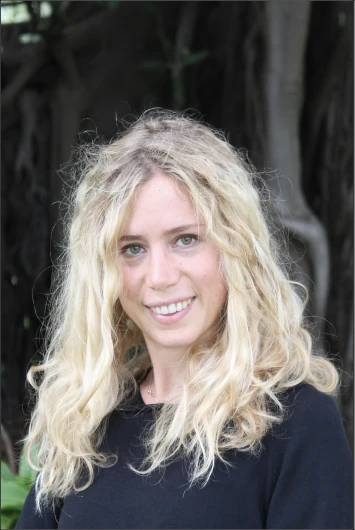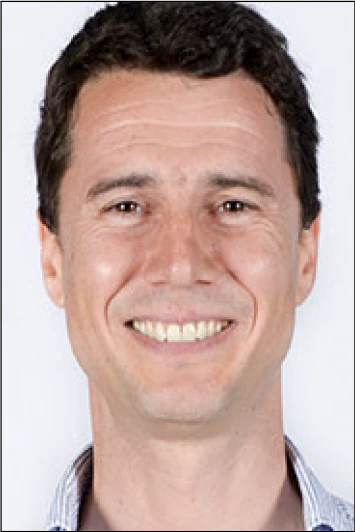We use cookies on this site to enhance your user experience
By clicking the Accept button, you agree to us doing so. More info on our cookie policy
We use cookies on this site to enhance your user experience
By clicking the Accept button, you agree to us doing so. More info on our cookie policy
Mini-Symposia II
Abstract:
Computational modelling of physiological processes is essential for advancing our understanding of biomedical systems, requiring the integration of multi-scale and multi-physics approaches to capture the complexity of both organ-level and microscopic dynamics.
Fluid dynamics within the human body presents significant challenges due to the intricate interplay between various physical and biological processes, including pulsatile blood flow in the cardiovascular system, airflow and particle transport in the respiratory tract, and organisms interactions in complex fluids such as mucus, among others. Addressing these challenges requires sophisticated computational fluid dynamics (CFD), fluid-structure interaction (FSI), and other coupled transport models to capture phenomena involving tissue mechanics, fluid dynamics, energy transport, and microbial hydrodynamics.
High-performance computing (HPC) plays a pivotal role in enabling large-scale, highfidelity simulations necessary for capturing these complex interactions with high resolution and efficiency. Additionally, in the era of AI, integrating advanced machine learning (ML) and data-driven modelling techniques is essential. These methods not only enhance the efficiency of processing large-scale simulation data, but also enable the development of surrogate models that reduce computational costs. Moreover, they pave the way for personalised, patient-specific simulations and the creation of digital twins, thereby advancing precision medicine.
This mini-symposium will bring together recent advancements in computational modelling and simulation techniques for HPC-driven biomedical simulations, covering topics such as physiological flow modelling in the respiratory and cardiovascular systems, organism transport in complex biological fluids, ML-enhanced surrogate modelling, and scalable algorithms for multi-physics simulations. By fostering interdisciplinary discussions, we aim to bridge the fields of computational biomechanics, fluid dynamics, and HPC to advance the next generation of biomedical simulations.

Silvia Ceccacci is a mathematician with a PhD in Applied Mathematics from Macquarie University (Sydney), focusing on computational fluid dynamics. Since 2023, she has been a postdoctoral researcher at BSC, developing multi-scale, multiphysics models for HPC-based respiratory system simulations. She is now focusing on integrating experimental, data-driven, and AI-based approaches to refine models for bacteriophage therapy in respiratory diseases.

Beatriz Eguzkitza holds a PhD in Computer Architecture (with a focus on Numerical Methods) from UPC and is a postdoctoral researcher at BSC. She specialises in data-driven fluid mechanics in the respiratory system, focusing on particle transport, deposition, and mucus interactions. Since 2017, she has collaborated on four biomedical projects and leads the National Project “DREAMS: Particle Deposition Computational Model for Children’s Airways with Mucus Surface”.

Dr. Hadrien Calmet is a senior researcher in bioengineering (CFD & HPC) at BSC and an associate professor at Pompeu Fabra University. He holds master’s degrees in Numerical Methods and Applied Physics and a PhD in Numerical Physics from UPC. He has conducted research stays at Imperial College, Gifu College, and NUS. With over 20 publications, his work focuses on respiratory system dynamics, including inhalation, exhalation, and nasal spray applications.

Michele Bucelli obtained his PhD in 2023 under Alfio Quarteroni and Luca Dede’ at MOX, Politecnico di Milano, focusing on an integrated numerical model of the heart. Now as a post-doctoral researcher at MOX, he continues his research on cardiovascular modeling, multiphysics coupling, and simulation software. He is the lead developer of the lifex library for cardiovascular simulations, supporting research at MOX and LABs at Politecnico di Milano.